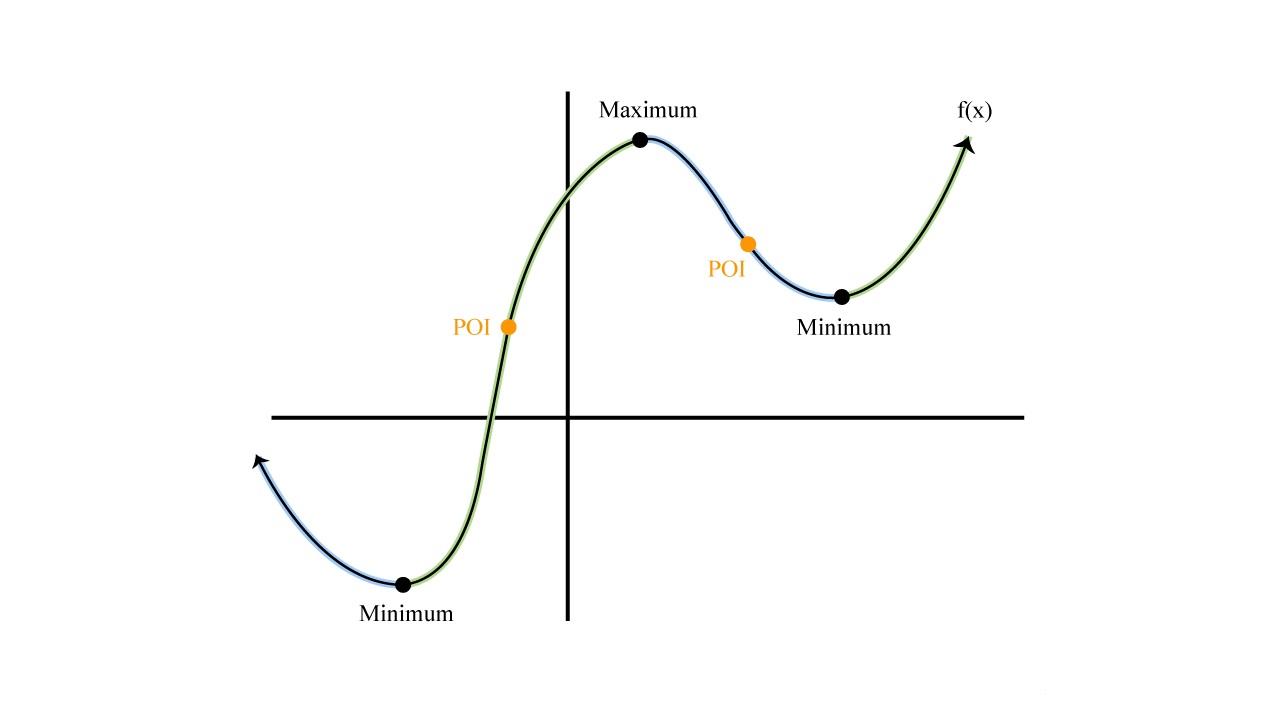Home>Finance>Minimum Efficient Scale (MES): Definition With Graph


Finance
Minimum Efficient Scale (MES): Definition With Graph
Published: December 25, 2023
Learn about the Minimum Efficient Scale (MES) in finance and how it is defined with a graph. Explore the concept to improve your financial knowledge.
(Many of the links in this article redirect to a specific reviewed product. Your purchase of these products through affiliate links helps to generate commission for LiveWell, at no extra cost. Learn more)
Understanding Minimum Efficient Scale (MES): Definition With Graph
Welcome to our FINANCE blog category, where we cover a wide range of topics to help you make informed and strategic decisions about your finances. Today, we’re diving into the concept of Minimum Efficient Scale (MES), an essential concept in economics and business management. If you’ve ever wondered about the ideal size for your business or the point where economies of scale are maximized, you’re in the right place!
Key Takeaways:
- MES is the minimum production or output level that allows a business to achieve cost efficiency and take full advantage of economies of scale.
- Operating below the MES could lead to higher costs per unit due to underutilization of resources, while operating above the MES might result in diminishing returns and decreased profitability.
Now, let’s dive into the details and learn more about Minimum Efficient Scale and how it can impact your business.
At its core, Minimum Efficient Scale refers to the minimum output level an organization should achieve to operate efficiently and maximize its advantages in economies of scale. Simply put, it’s the point where a business can produce enough to minimize costs per unit and take full advantage of its available resources.
However, understanding the concept in theory is one thing, visualizing it is another. So, let’s bring out our creative side and explore MES with the help of a graph:

In the graph above, we have the output level on the x-axis and the average cost per unit on the y-axis. As a business increases its production volume, it initially experiences a decrease in average costs, thanks to economies of scale. However, after reaching the MES point, further increases in production yield diminishing returns, leading to higher average costs.
Now, why is MES important for your business? Here are a few key reasons:
1. Cost Efficiency:
Operating at or above the MES allows your business to achieve cost efficiency by ensuring that the available resources are utilized optimally. By producing enough to spread fixed costs over a larger output, you can lower your costs per unit and increase profitability.
2. Competitive Advantage:
The ability to operate at or above the MES can give your business a competitive edge. With lower costs, you may be able to offer more competitive pricing or invest in research and development, marketing, or other areas that can help you stay ahead of the competition.
In conclusion, understanding Minimum Efficient Scale is crucial for any business aiming to achieve cost efficiency and maximize economies of scale. By operating at or above the MES point, businesses can minimize costs per unit, optimize resource utilization, and gain a competitive advantage in the market.
Are you ready to take your business to the next level by utilizing MES to its full potential? Explore ways to identify and optimize your MES and set your business on the path to growth and success.














